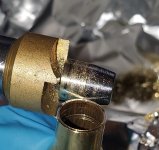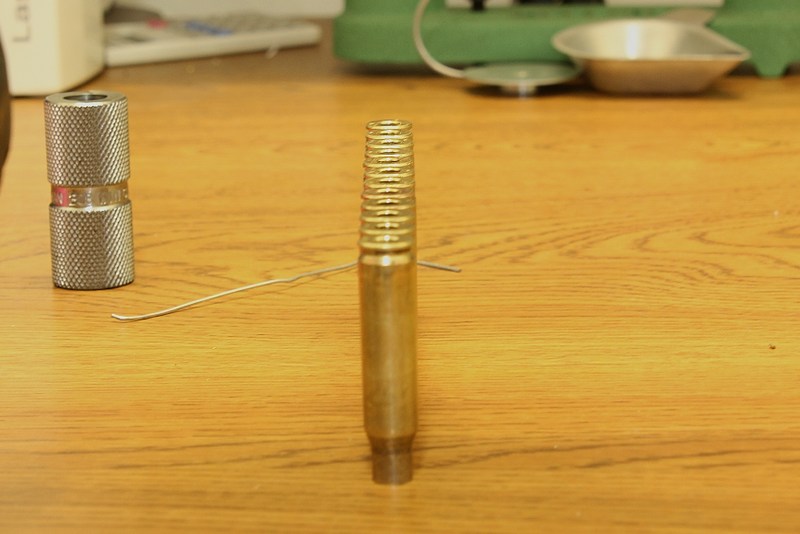So I got a new trimmer. But it has been having some issues. the pilot is fairly snug. However the more I have used it it is getting tighter and tighter to the point where the lock on the adjustment wont stay in place. It is also scoring the inside of the necks which I consider to be less than desirable. I decided to polish it up today. Used some wet dry, 1500-2500 grit. Was hoping to remove just a little material to help it slide on and off easier and not bind up while trimming.
Well, it started out good, but the pilot is still picking up the brass and binding... It was a mirror polish before I started....
its a Redding 2400 Match Precision Case Trimmer, bought it new a couple months back.
Any ideas?

Well, it started out good, but the pilot is still picking up the brass and binding... It was a mirror polish before I started....
its a Redding 2400 Match Precision Case Trimmer, bought it new a couple months back.
Any ideas?



